Feta
Greek-Style Shrimp in Tomato Sauce (+ 10 Steps to a Better Sauté)
Sunday Dinners comes to us from our own chef/photojournalist/farmer/father figure Tom Hirschfeld, featuring his stunning photography and Indiana farmhouse family meals.
Today: Master the art of the sauté -- starting with shrimp.
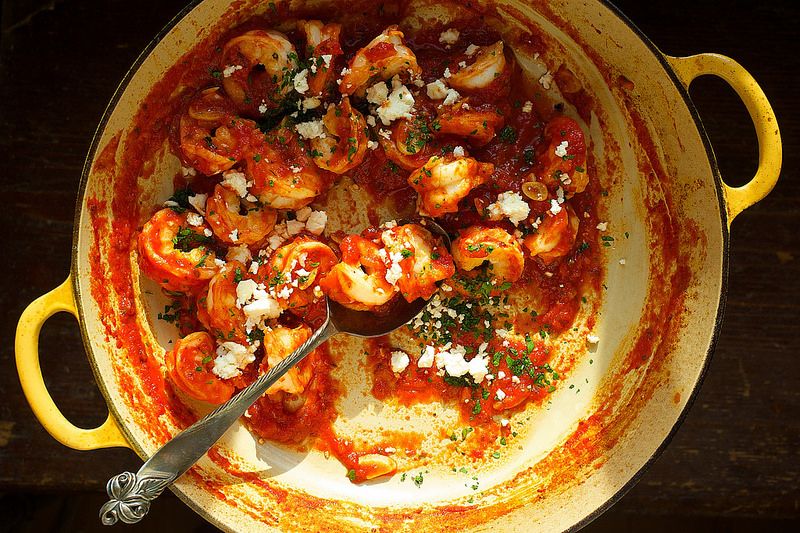
There is something wonderful about a one-pan sauté. Sure, a quick dinner and easy clean-up would be enough to pass muster for most, but what I love is how wonderfully delicious dinner becomes as you build flavors in the pan. Starting at the bottom of the pan, there is an order to how things go; it is not a dump-it-and-go process.
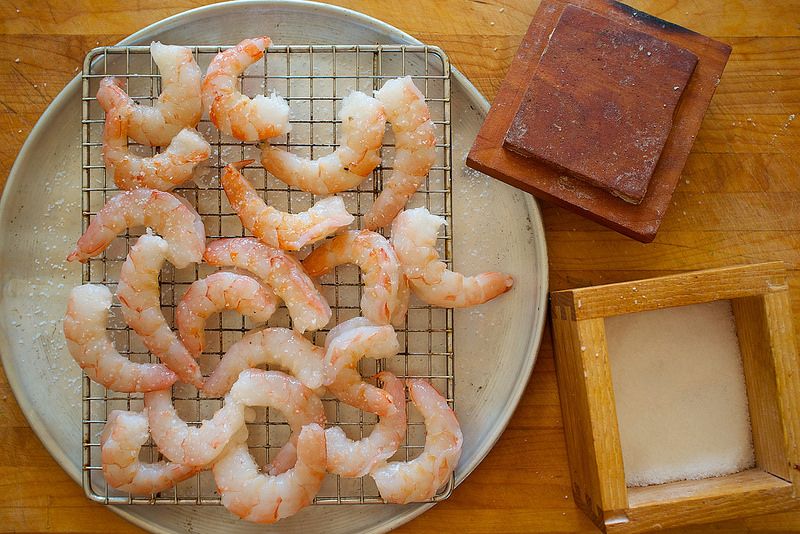
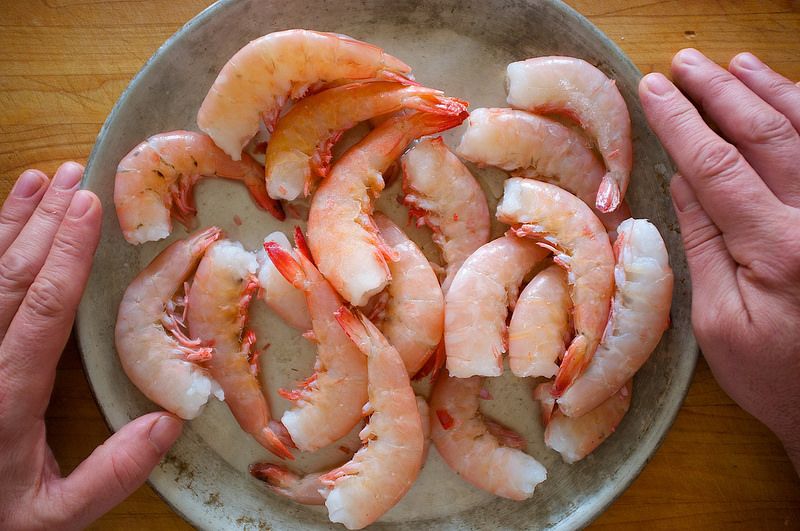
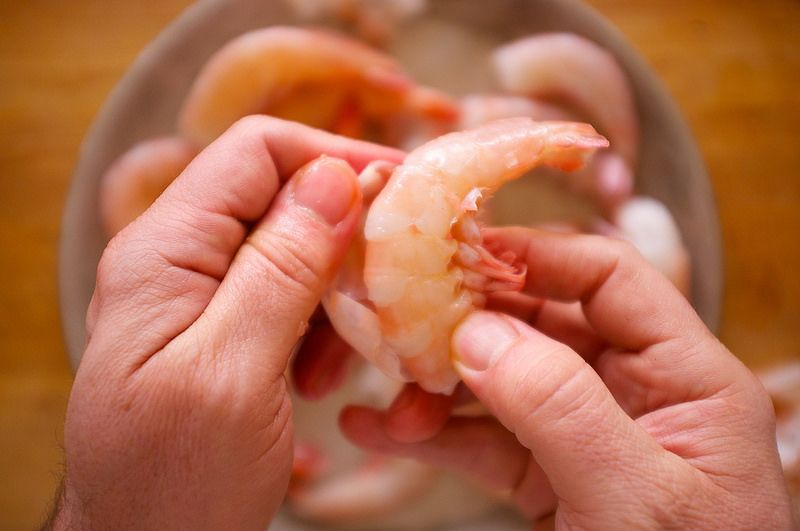
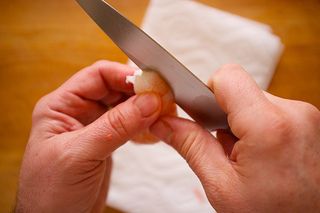
We often hear that fat is flavor. Certainly this is true when it comes to steaks and marbleization, but this statement also holds true with oils. Oils do more than brown the protein and keep it from sticking to the bottom of the pan. When used properly, they become infused with other tastes. This is the reason that all good soup recipes start the same way: "Coat the bottom of the pan with oil and sweat the aromatics until they soften." This is done to extract flavors into the oil as much as it is to soften the vegetables.
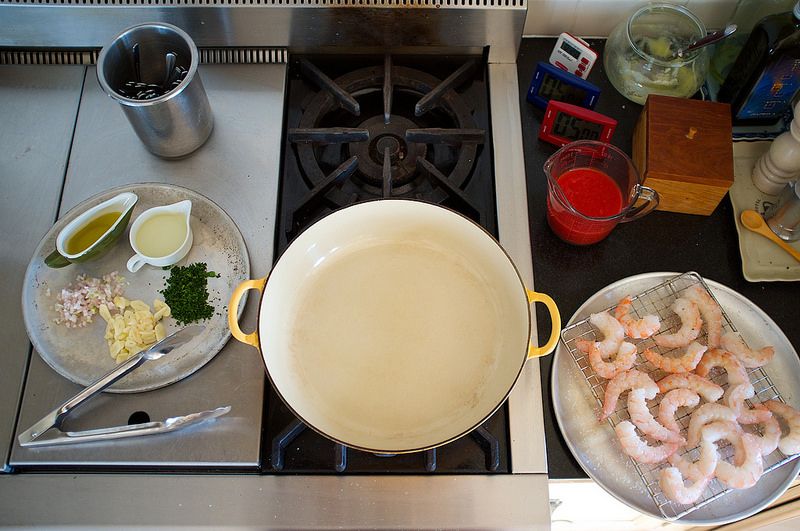
Just like a good pan sauce, sautéing is all about caramelization and the brown bits, or fond, that stick to the bottom of the pan. Learning how to maximize and coax these sugars out into the finished dish is the mark of a seasoned cook. But this is always where it gets tricky, since even an experienced cook can miss the mark if they aren’t focused on the task at hand. I can’t begin to count the number of times I have walked away from the stove to do another task only to return and find the pan is too hot to sauté, or how many times I have over-browned or under-caramelized a meal.
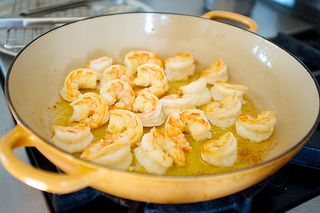

Here are my 10 essential tips for a perfect sauté:
1. The drier the protein, the better it will caramelize, and the less the oil with splatter. To get your protein as dry as possible, salt it at least a couple of hours in advance, then let it air dry in the fridge.
2. Use a properly sized, heavy-bottomed sauté pan. You want the ingredients to be snug, but not crowded. It is better to cook in batches than to have a pan that is too large.
3. Make sure your pan is hot enough. I know my pan is ready when the oil shimmies, like heat waves on the horizon on a very hot day.
4. Gently lay the protein into the oil. I burned my fingers very badly during my first stint as a line cook by dropping a piece of salmon into a pan and letting it fall towards me. What you want to do is set the tip of the protein into the oil and roll it away from you gently until you have it just about flat in the pan -- then let go. When you go to turn the protein, tilt the pan a little bit, let the oil puddle to one side, then turn the protein and set the pan down.
5. Let the protein caramelize. When you think it is brown enough, brown it a little more.
6. Watch your heat. Burnt, smoking oil is not tasty. If the oil is getting too hot, turn the heat down or remove the pan from the flame completely.
7. Remember that when you add liquid to oil to deglaze the pan, it is going to splatter. So be prepared to stir; this will settle things down quickly.
8. When making a sauté with a pan sauce, the perfect stopping point is after you've removed the protein from the pan, deglazed the pan, and made the sauce, but not reduced it. At this point you can hold the dish for as long as you need, finish any sides, or wait for someone who is running late, then reduce the sauce when you are ready.
9. I often use the oven to finish cooking the protein while I finish my sauce, unless of course it is something like this shrimp dish; in that case, I just put the protein briefly back into the sauce to warm it through.
10. Patience is a virtue; when you're cooking, you can't force something to happen. If something isn’t right, stop what you are doing and take the time to make it right. You will be glad you did.
Greek-Style Shrimp in Tomato Sauce with Feta
Serves 4
2 pounds shrimp (size 16/20), peeled and deveined
Olive oil
1/4 cup shallots, minced
2 tablespoons garlic, sliced
1/3 cup dry white wine
3/4 teaspoons Turkish oregano
1/2 teaspoon red pepper flakes
1 cup tomato sauce
Kosher salt and freshly ground pepper
1 tablespoon flat leaf parsley, minced
1/4 cup crumbled feta
See the full recipe (and save and print it) here.
Photos by Tom Hirschfeld

A New Way to Dinner, co-authored by Food52's founders Amanda Hesser and Merrill Stubbs, is an indispensable playbook for stress-free meal-planning (hint: cook foundational dishes on the weekend and mix and match ‘em through the week).
Order now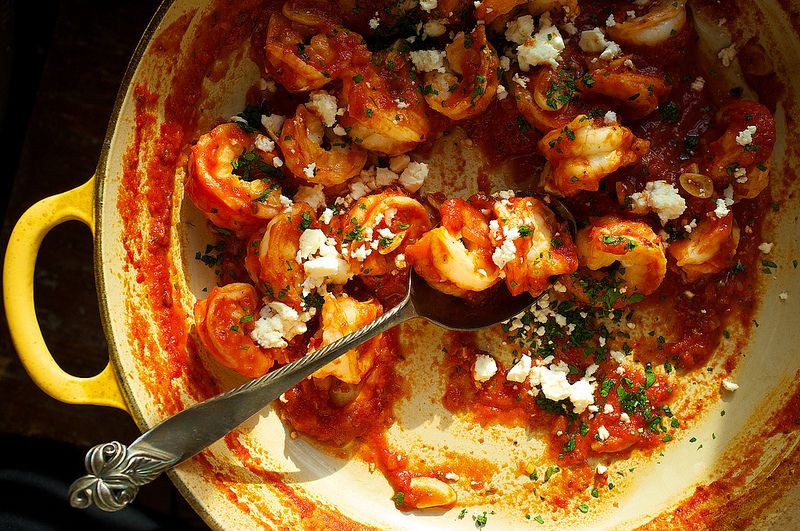

See what other Food52 readers are saying.